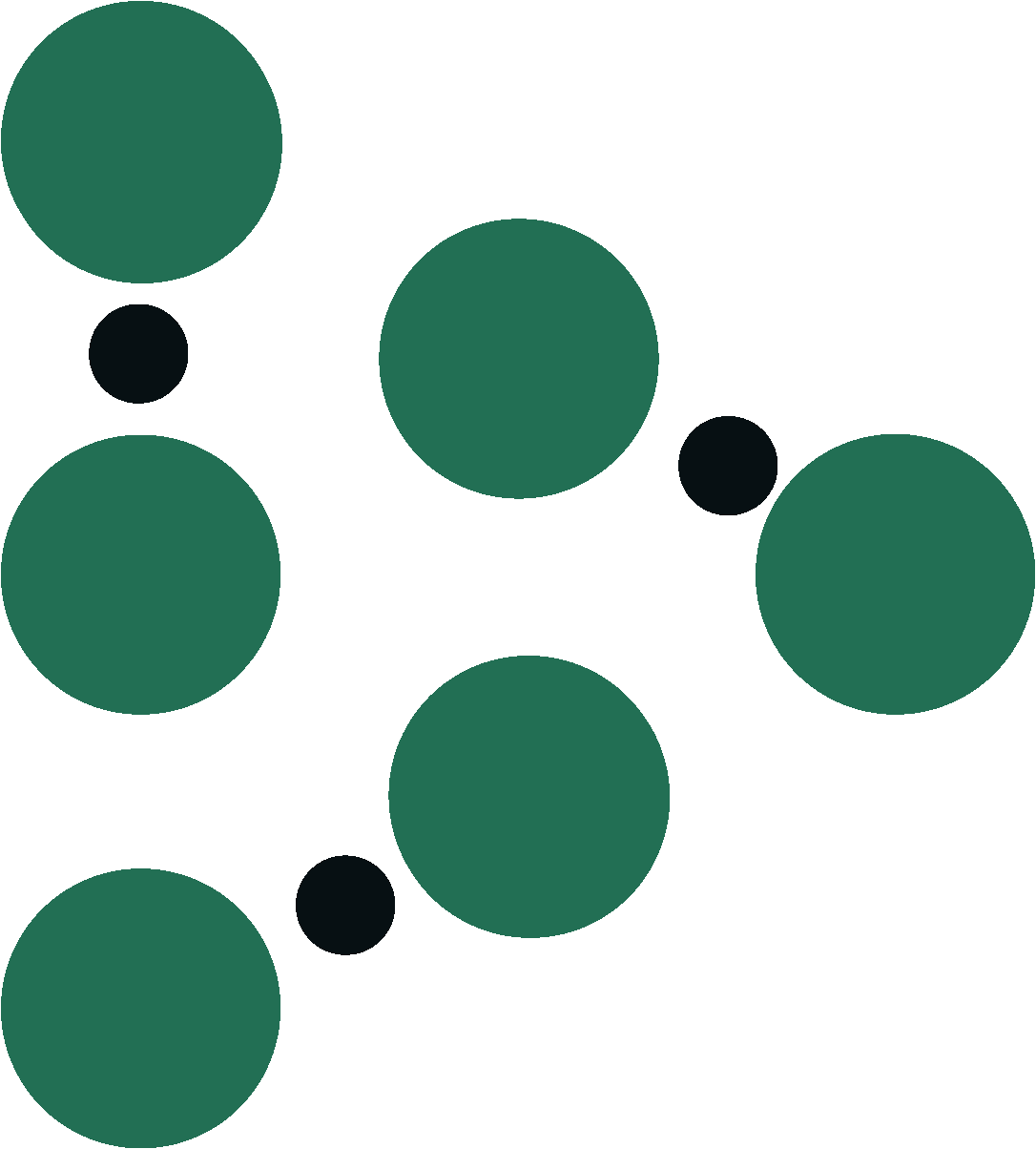How Our New Irrigation Recommendations Will Save You Water (and $$$)
Have you ever wondered how to make decisions based on your sensor data? To tackle that question, we’ve added a few new features that will help turn your sensor data into actionable, field-level information.
The field page now displays an average soil moisture chart which shows the average soil moisture for all sensors - from the past to the present.
We then use artificial intelligence to build a model, turning the current sensor data into a near-term projection about how the soil moisture will change.
The dashed line depicted here shows our prediction of when the field will dry out
To plan irrigation, the most important information is when the field will be dry. Our last step is to send you the estimated day of the week that your field will cross the “dry threshold” - where the dashed line crosses into the beige area.
The “dry threshold” is the point at which the owner of the field chooses to represent when irrigation should be applied. At Trellis, we refer to this point as the “trigger point”. In the example above, the trigger point for irrigation is when the average field moisture hits -40kPa. You can set a custom trigger point by using our Sensor Management Plan feature.
When you log onto your dashboard, you will be able to find the recommendation on the Fields page to get a quick overview of all of your fields.
Fields Page view of the irrigation recommendation
Irrigation Recommendation in the Field overview
Why is the recommendation important?
Your sensors in the field are constantly sending data to the Trellis Dashboard, and while irrigation decisions are easy to make the closer you get to the dry zone, it is difficult to plan irrigation around fields that have just been irrigated.
The Irrigation Recommendation uses over 300k readings from the last two seasons to estimate the date that the field will reach the trigger point. This means you can log into the Dashboard, get an estimate of what day your field will dry out, and then schedule your irrigation in advance.
Being able to push irrigation back a day can ensure that more water is actually used by the crop, lower crop stress from over-watering, and gets you one day closer to harvest without the water usage, meaning you can save on water over the course of the season while increasing yield!
How the recommendation works
Let’s consider two scenarios:
Scenario one: Your field’s average moisture is already at the trigger point. In this case, you should consider irrigation immediately. You would be alerted of this via text.
Scenario two: Your field’s average soil moisture is currently sufficient (in the green zone of the graph). How do you decide when to irrigate? To help with your decision, we create a projection of the field’s soil moisture for the next five days. We then recommend irrigation based on when the projection is going to hit the trigger point. To keep the field’s moisture at the sufficient level, you would ideally irrigate before or close to the day we have recommended.
To generate your field’s projection, we use our knowledge base of over 300k soil moisture measurements to get an idea of how the soil in your field might dry out. We consider the following information to make the projections:
Current soil moisture value
Soil texture
Crop type
Crop age
Current weather conditions
We plug in all of those factors to make a projection on how each sensor will move towards the trigger point, then plot those averaged values on the field-level soil moisture chart, represented by the dashed line you saw above.
Check out this support article for a more in depth explanation!
It’s supposed to rain all week. why is it saying I should irrigate tomorrow?
Our recommendation assumes there will be no input of water. This means that projections will change from day to day if there is rain or irrigation.
Additionally, delays in the sensors detecting an input of water may delay the update of projections. This is helpful because later in the season, rain or irrigation may be absorbed by roots closer to the surface and not make it down to the lower part of the root system, meaning you may want to irrigate further.
Why am I not getting a recommendation?
If we are missing information about your field that we need to create a recommendation, we may be unable to provide a recommendation. In those circumstances, we will provide you with specific messages to help you understand why. It will also make it easier for you or your sales rep to troubleshoot the problem.
Example of issues while making a prediction
As you can see in the screenshot above, we will use all of the information we have available to make a recommendation and make sure you are informed about what information we are using.
You can help make future recommendations more accurate!
With every passing day of the growing season, we collect more data that helps us improve our predictions and discover interesting things about the data. However, we still need your help to make sure we are getting the best possible information. Below is a list of things we can use to improve irrigation recommendations for the end of this season and next season.
Entering the date that a crop was planted. A date within a week of the actual day helps if you don’t remember the exact date.
Entering the harvest date or the planned harvest date for the crop before you archive it for the next planting. When combined with the plant date, we can see exactly how the moisture changed throughout the season.
For farmers without a rain gauge in their field, entering irrigation events will help us understand how the soil moisture changes with the addition of water. Farmers with rain gauges have irrigation amounts automatically added to their charts.






